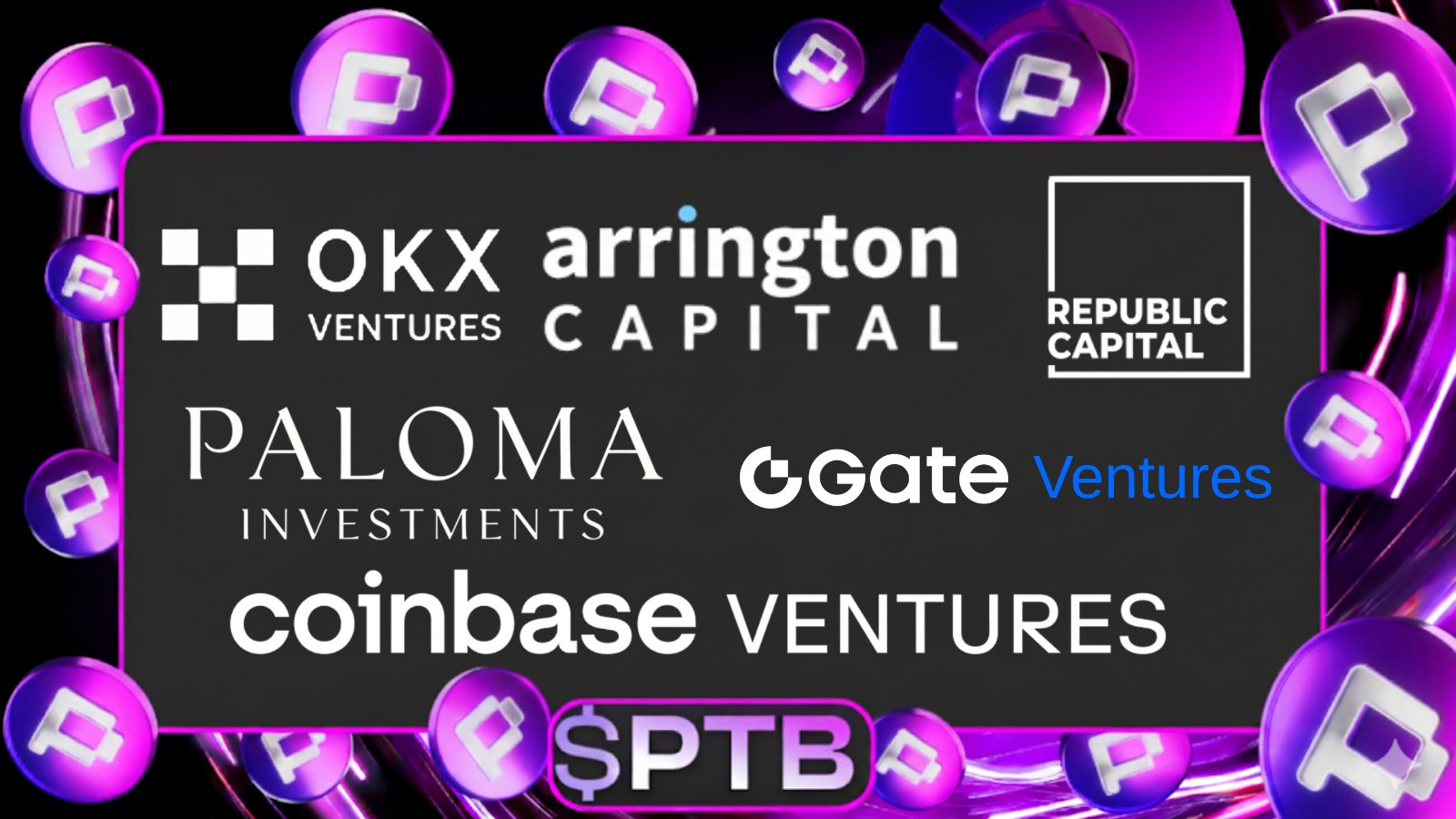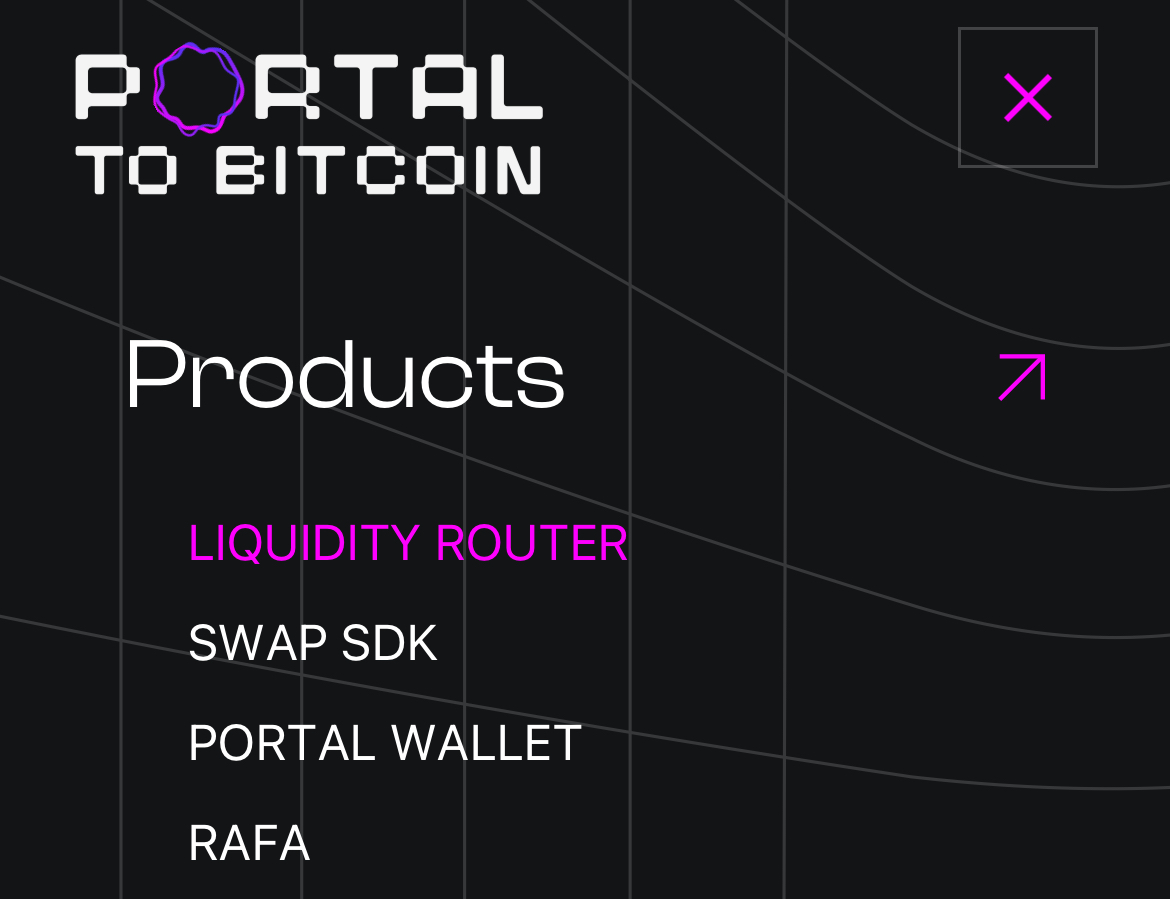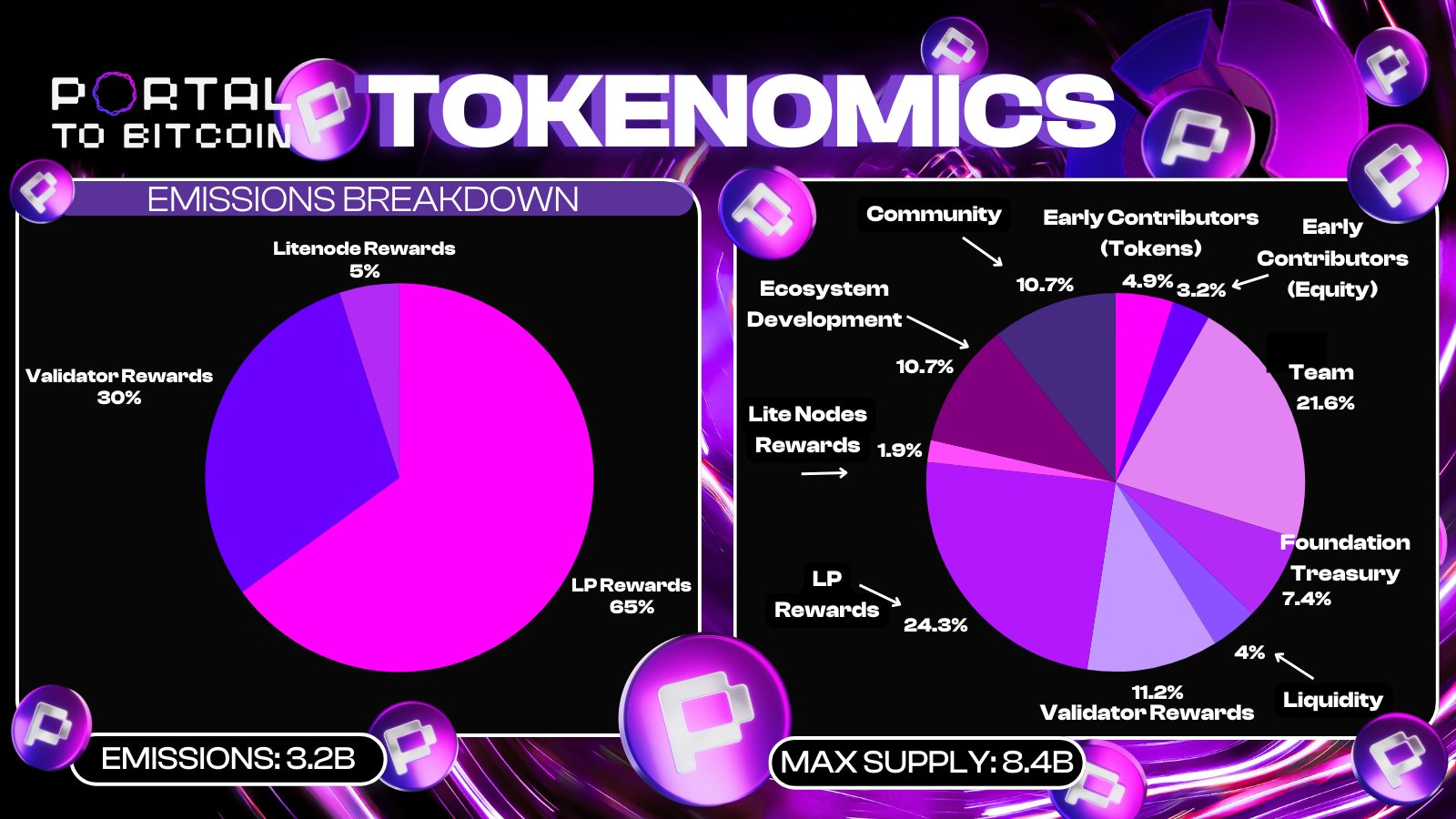What is the Portal to Bitcoin, a Bitcoin priority protocol that has raised $92 million in funding?
Written by: Nicky, Foresight News
On August 29, Binance Alpha and contracts will launch Portal to Bitcoin (PTB), which will open Alpha trading and contract trading on September 3, 2025. What kind of project is Portal to Bitcoin?
On August 28, 2025, the Bitcoin-centric interoperability protocol Portal to Bitcoin announced the completion of a $50 million funding round, led by Paloma Investments.

Previously, the project had raised approximately $42 million from institutions such as Coinbase Ventures, OKX Ventures, and Arrington Capital. This funding brings the total amount raised by the project to $92 million, which will primarily be used to expand its core adapter, BitScaler.
The core team of Portal to Bitcoin consists of individuals with backgrounds in medical technology, hardware engineering, and blockchain. Co-founder and CEO Chandra Duggirala is a serial entrepreneur who has founded a medical device company and an AI nutrition company, tryFuel, and holds multiple U.S. patents in biophysics. Co-founder and CTO Manoj Duggirala graduated from Stanford University with a degree in materials science engineering and was involved in the development of the motion processing unit for the iPhone 6 and 6S, responsible for Portal's security architecture and trust-minimized design. Co-founder and CMO George Burke has eight years of experience in the blockchain industry, having created a Bitcoin debit card and participated in early exchange operations, currently leading community expansion and market strategy, and is also an organizer of Bitcoin meetups in Silicon Valley.
The story of Portal began with an in-depth exploration of cross-chain swaps. Unlike traditional cross-chain solutions that rely on bridging or custodianship, Portal's core vision is to build a "completely trustless, censorship-resistant" cross-chain swap network. This allows users to directly exchange native assets across different blockchains without relying on traditional wrapped assets, bridges, or custodians.
According to the official article "Sovereign Stack: Building a Cross-Chain Superstructure for Bitcoin," Portal is constructing a framework that enables Bitcoin to move, earn, and participate across ecosystems while keeping assets always in the user's wallet rather than in third-party custody.
The architecture is based on four core layers: BitScaler as the execution layer, supporting cross-chain atomic swaps; Portal DEX as the trading layer, enabling peer-to-peer trading of native assets; the validator and liquidity coordination layer responsible for routing optimization; and the community rewards center that incentivizes user participation in network building.
Its technical foundation relies on the Bitcoin Layer 2 network BitScaler, achieving unified accounting for cross-chain transactions through a Notary Chain, while deploying customized automated market makers (AMM) on various chains. For example, on EVM chains like Ethereum, it uses smart contracts similar to Uniswap, while on the Bitcoin network, it builds decentralized AMM through multi-party hash time-locked contracts (HTLC).
This design retains the native security of the Bitcoin network while solving cross-chain efficiency issues through Layer 2 scaling, allowing users to directly swap BTC with assets from other chains without bridging tokens.

Currently, Portal has launched four core products, including the liquidity routing tool LiquidityRouter that supports cross-chain atomic swaps, SwapSDK that can be integrated into third-party applications, PortalWallet with built-in cross-chain trading functionality, and RAFA, an AI-assisted tool for investors.

The PTB token is the project token of Portal to Bitcoin, with a total supply of 8.4 billion tokens. At the Token Generation Event (TGE), 33% of the total token supply will be released, with 33% allocated to the community, 33% for providing liquidity, 23.1% for ecological development, and the remaining 10.9% allocated to the foundation treasury.
It is noteworthy that Portal underwent significant adjustments to its token economic model this year. In August, the project team announced an optimization of the PTB token distribution, adjusting the initial circulation to 2 billion tokens and significantly reducing the proportion allocated to the foundation treasury (from 11.4% to 7.4%), while allocating more tokens to community incentives and ecological development. Token releases will primarily be used for liquidity provider rewards (65%) and validator incentives (30%), creating deflationary pressure through a buyback and burn mechanism.
Technically, Portal has already implemented atomic swap functionality between Bitcoin and Ethereum, with Solana integration actively progressing. BitScaler, as the key execution layer, utilizes Taproot and Miniscript to achieve policy-based smart contract execution, supporting scalable off-chain contracts through channel factories while maintaining the underlying security of Bitcoin for real-time non-custodial swaps.
Previously, the technical integration of Portal has been validated through practical applications. In June 2024, the Layer 2 network Anduro, incubated by Bitcoin miner Marathon Digital Holdings, announced its integration with Portal to Bitcoin.
免责声明:本文章仅代表作者个人观点,不代表本平台的立场和观点。本文章仅供信息分享,不构成对任何人的任何投资建议。用户与作者之间的任何争议,与本平台无关。如网页中刊载的文章或图片涉及侵权,请提供相关的权利证明和身份证明发送邮件到support@aicoin.com,本平台相关工作人员将会进行核查。




